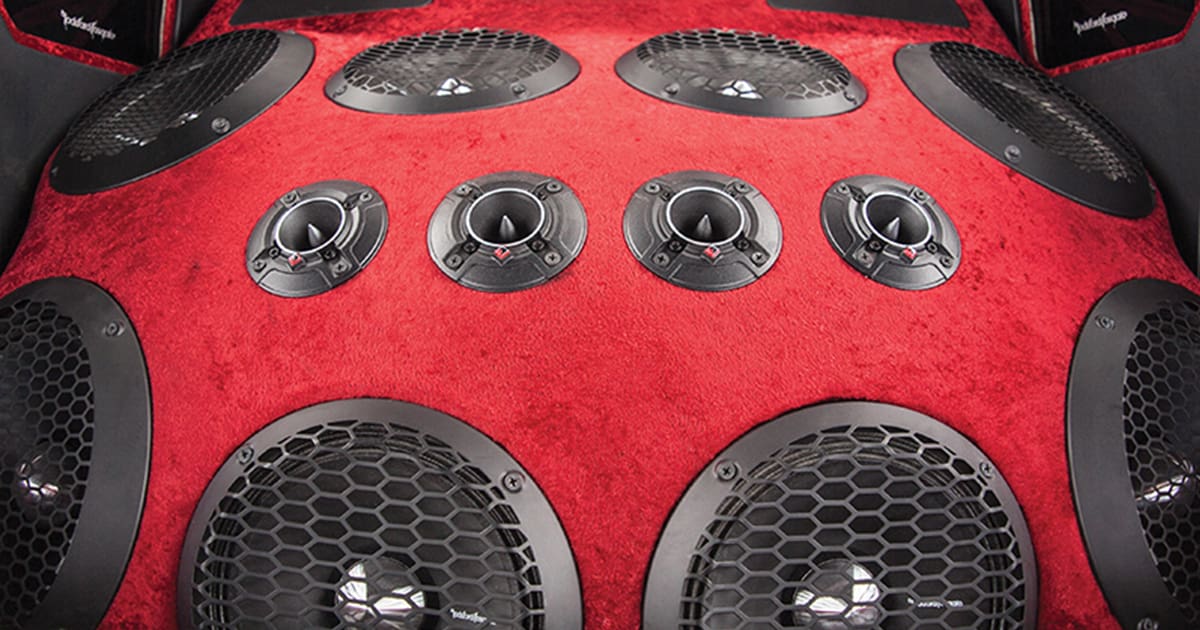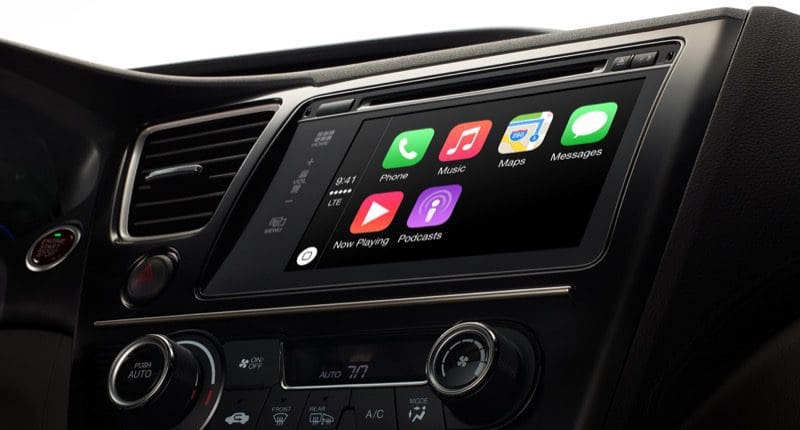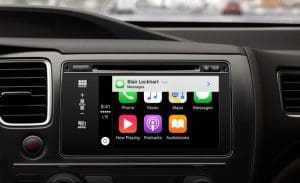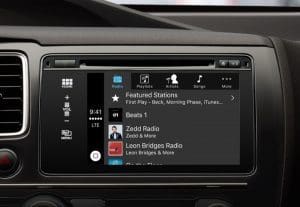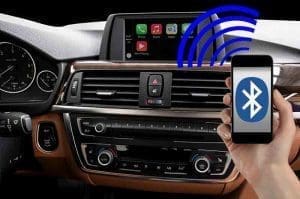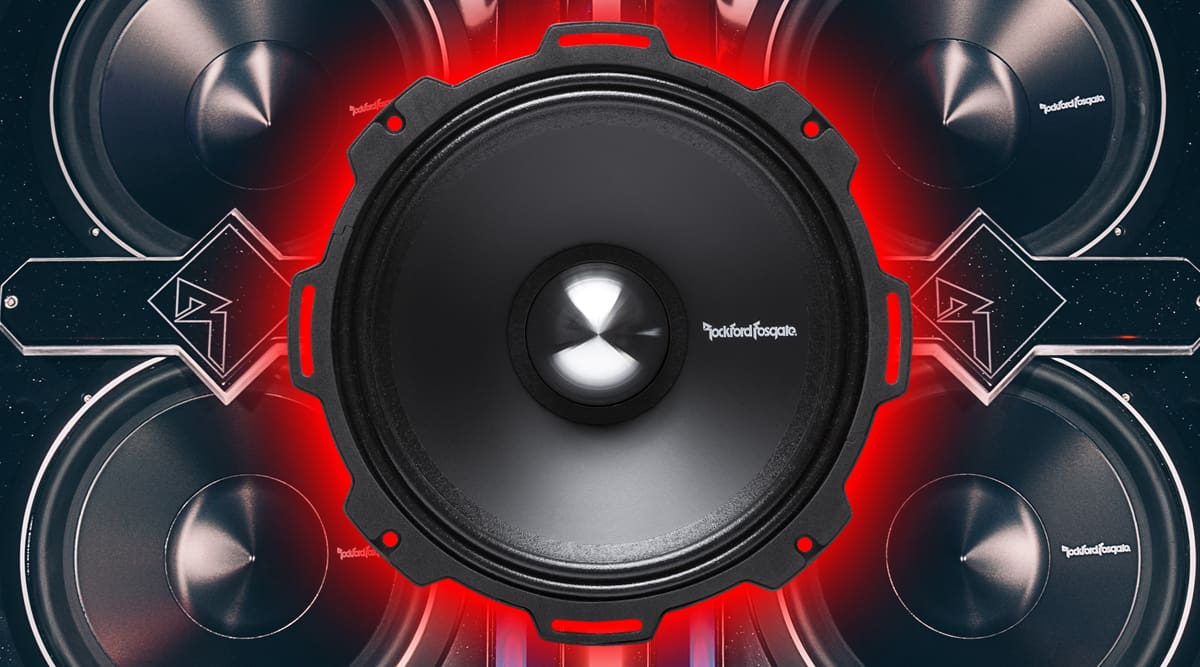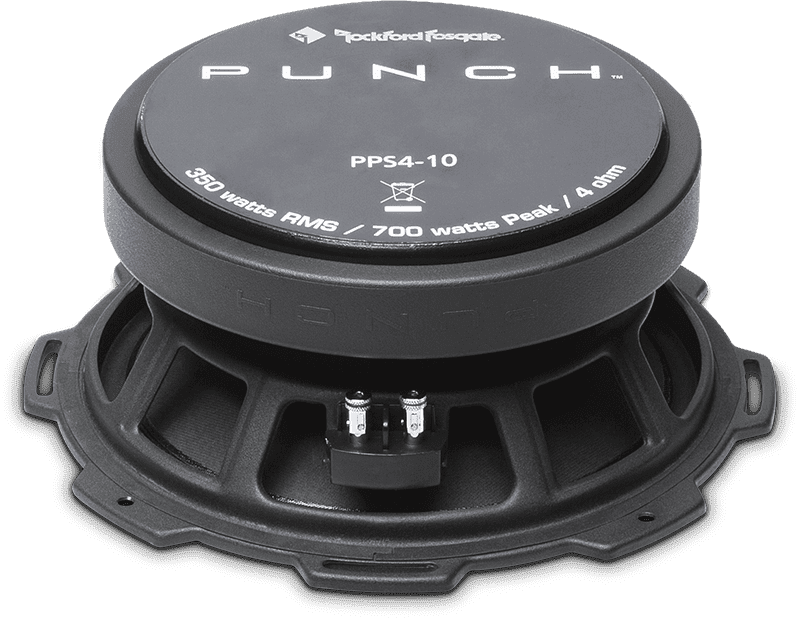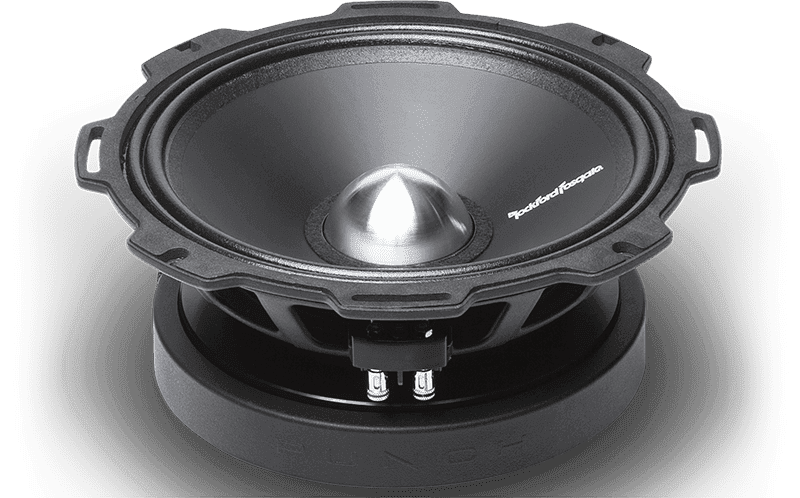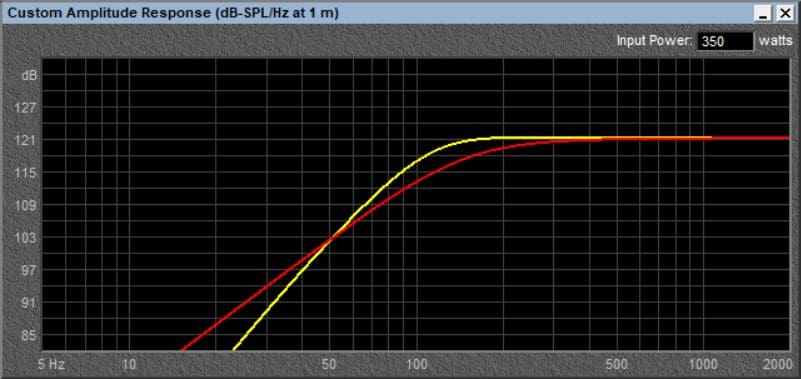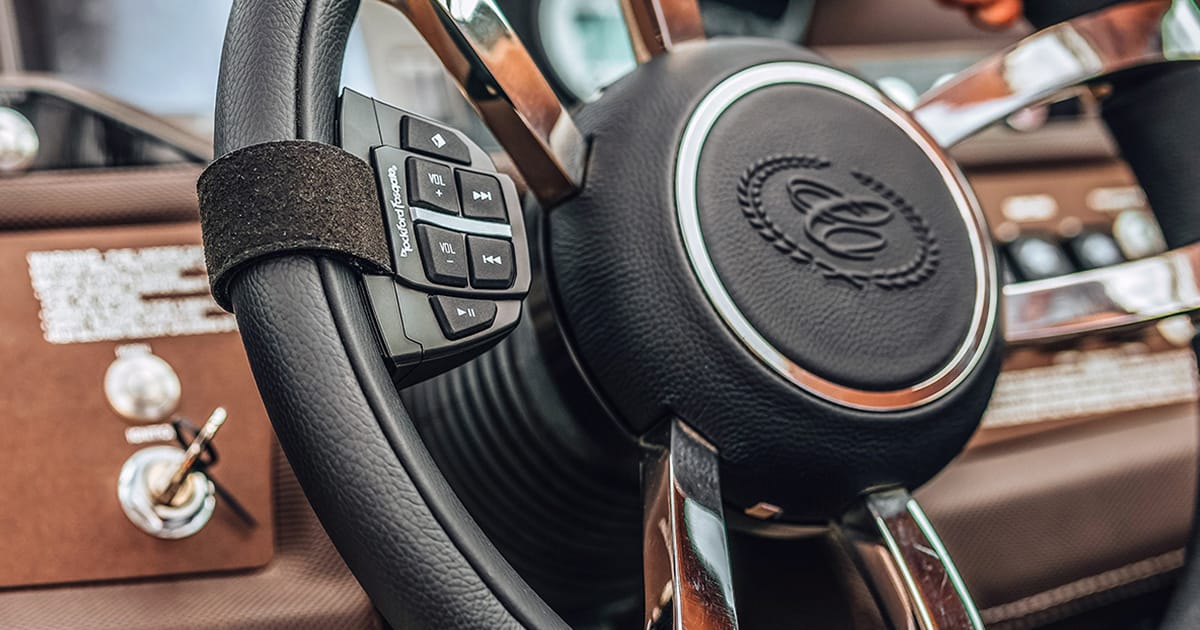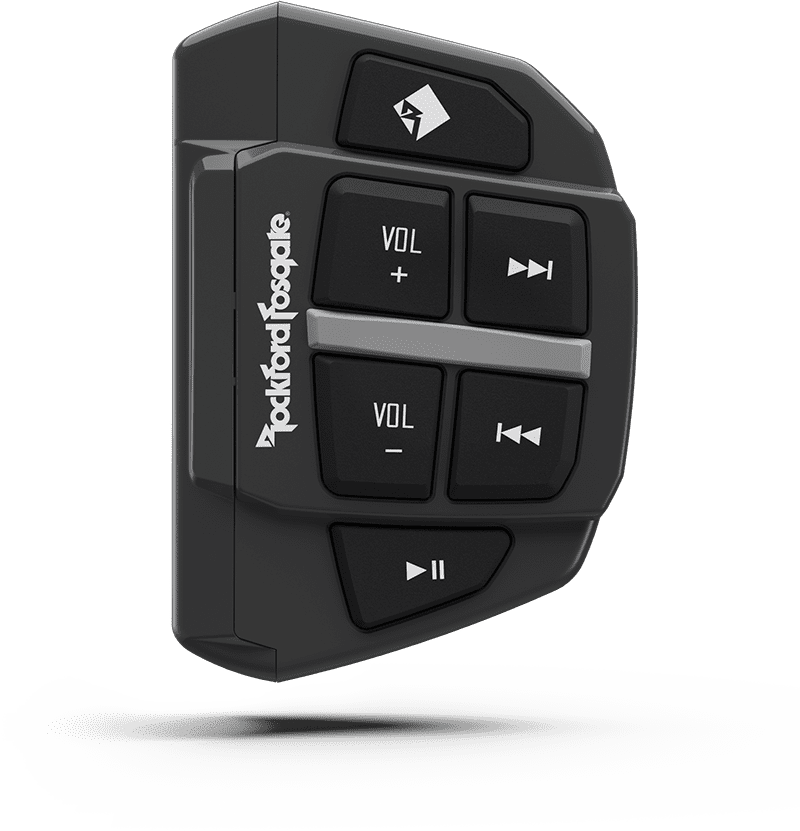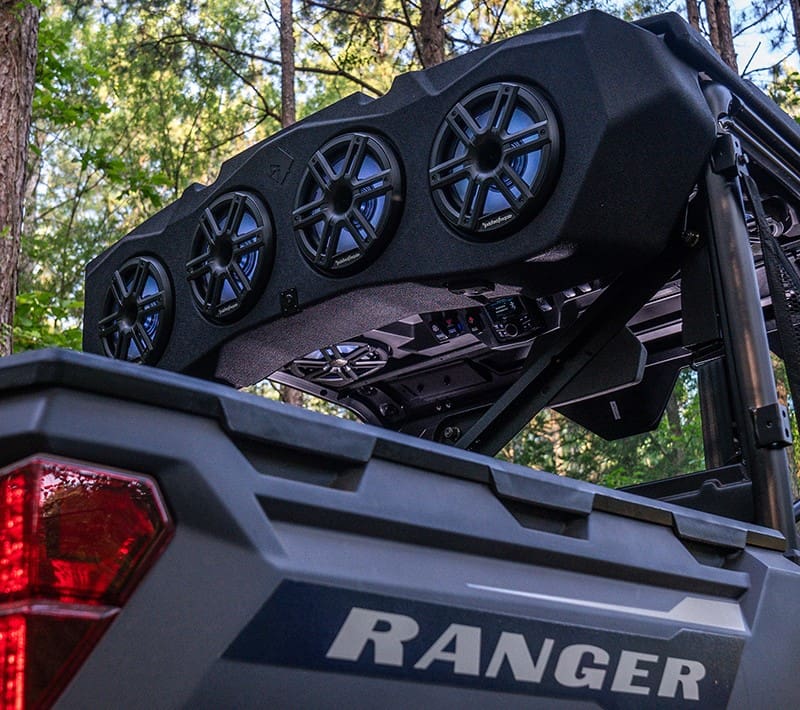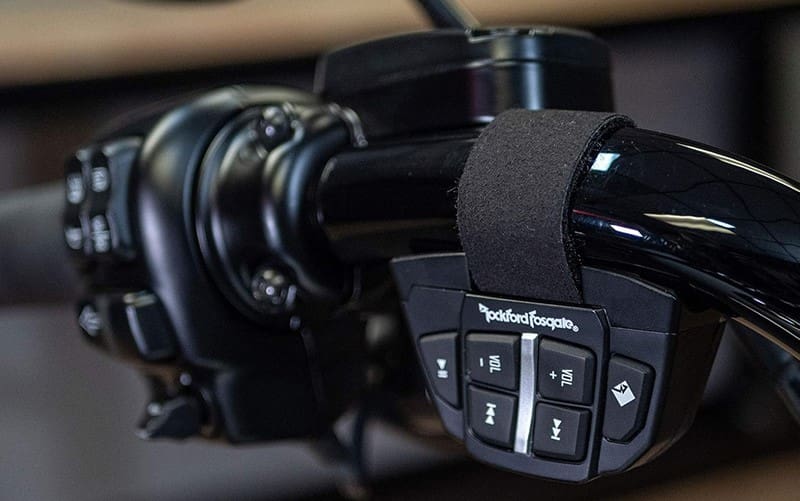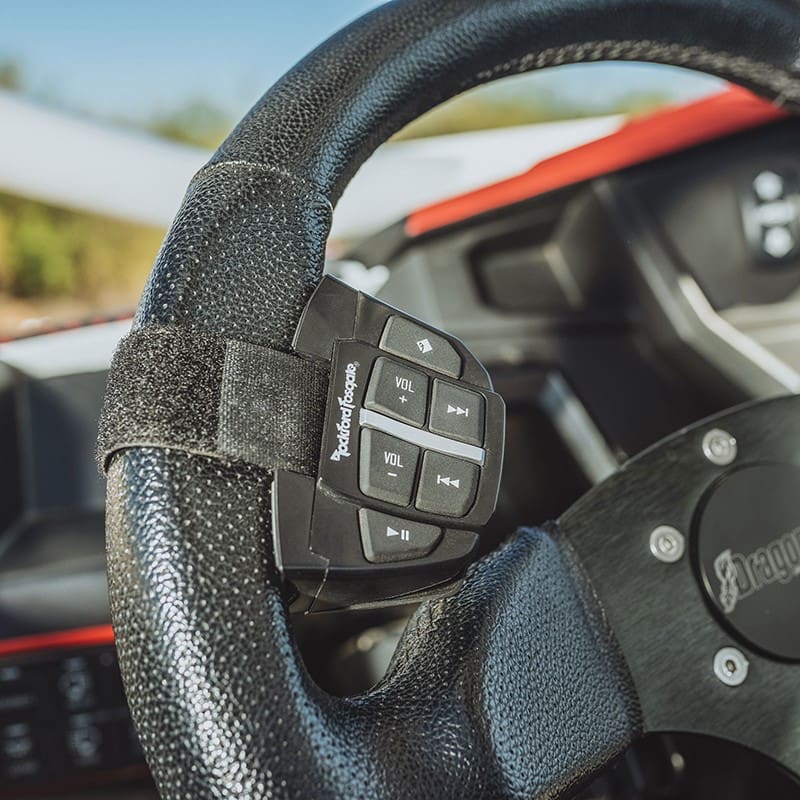Not long ago, we took a look at the impressive PPS4-10 10-inch Punch Pro midrange drivers from Rockford Fosgate. While they are great for keeping up with a trunk full of subwoofers, what works in terms of reproducing those high frequencies? This spotlight focuses on the Rockford Fosgate PP4-NT Punch Pro tweeter. Let’s check it out!
Rockford Fosgate PP4-NT Specifications
The PP4-NT is a one-inch diameter aluminum dome horn tweeter designed for SPL systems. The tweeter is rated to handle 50 watts of power continuously and 100 watts maximum. The driver has a nominal impedance of four ohms and has an incredible efficiency rating of 105 dB SPL when powered with one watt and measured at a distance of one meter.
The Rockford Fosgate PP4-NT tweeters are sold individually. So, if you need a pair, then you have to buy two of them.

Punch Pro Tweeter Features
As mentioned, the PP4-NT is based around an aluminum diaphragm and is powered by a compact neodymium magnet. The voice coil is formed from high-temperature Nomex to help ensure reliability. This is all housed in an aluminum chassis that improves heat extraction from the voice coil assembly. To increase efficiency, the tweeter uses a horn design with a pointed phase plug.
Electrical connections are handled by a pair of spring-loaded chrome terminals on the bottom of the housing. The terminals are designed to allow wires to be inserted from underneath the tweeter, preventing wires from protruding and increasing the overall size.
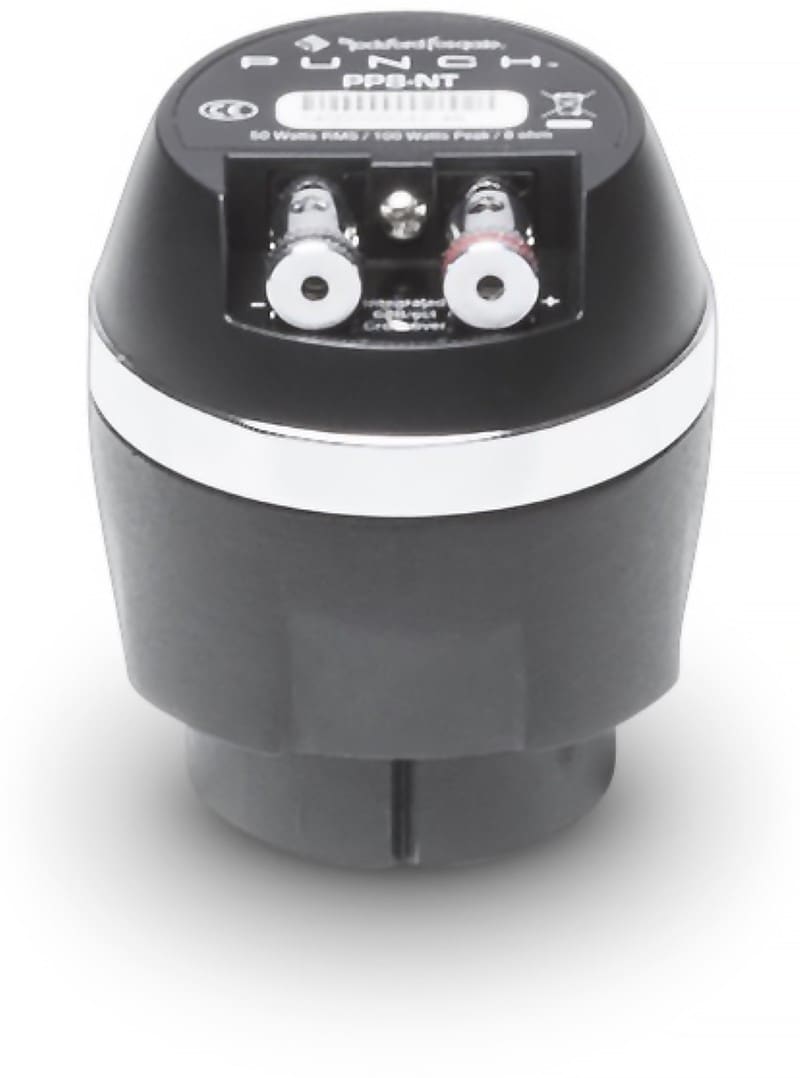
SPL Tweeter Mounting Options
Rockford Fosgate includes two mounting solutions for the PP4-NT. If space is at a premium, then the compact outer trim ring will screw down into the body and clamp over materials up to 0.35 inches thick. Your installation technician will need access to the back of the mounting location to complete this installation.
Alternatively, the tweeter can be flush mounted through a 2.52-inch hole using the provided removable mounting flange.
With the compact mounting ring, the tweeter body is 2.52 inches in diameter and the ring is 2.09 inches across. The surface mounting ring measures 3.64 inches across.
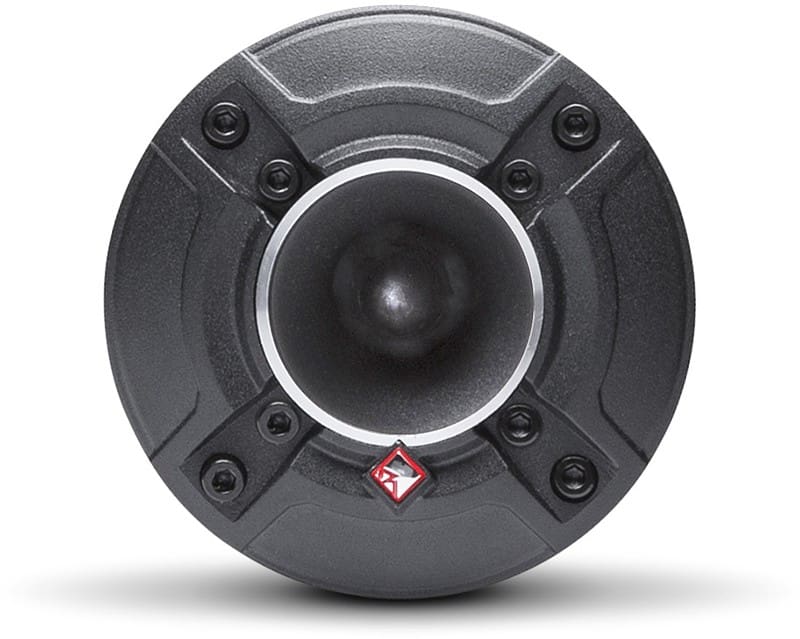
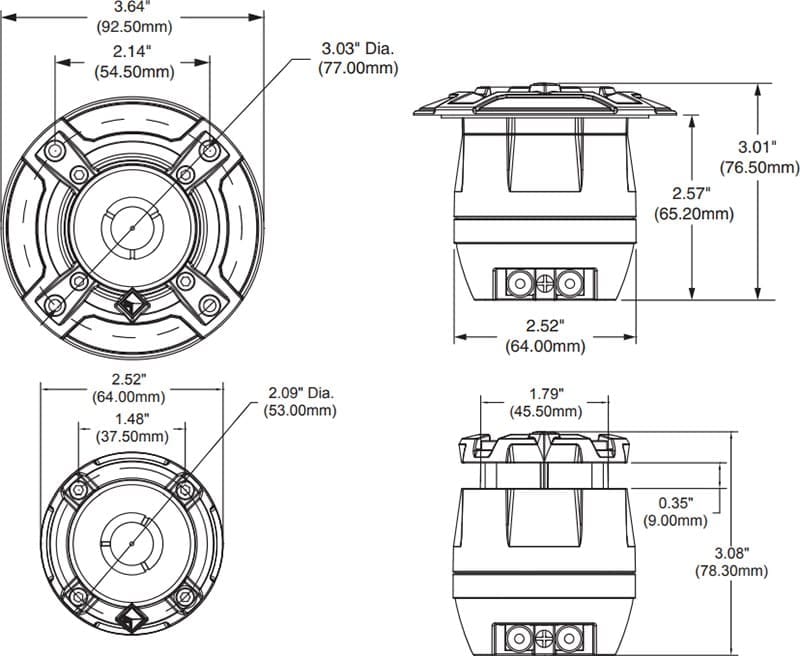
Crossover Options
The PP4-NT includes a built-in 6dB/octave 4kHz crossover. This is equivalent to using a four-microfarad capacitor wired in series with the voice coil. You can also use the tweeter with the PP4-X Punch Pro passive crossovers. The crossovers are designed to apply a 3 kHz low-pass filter to whatever four-ohm Punch Pro midrange you choose. They also add 0, -3 and -6 dB output attenuation options for the tweeters. If you don’t have a DSP and amplifier channels dedicated to the tweeters, then the PPS-X crossovers are a wise investment.
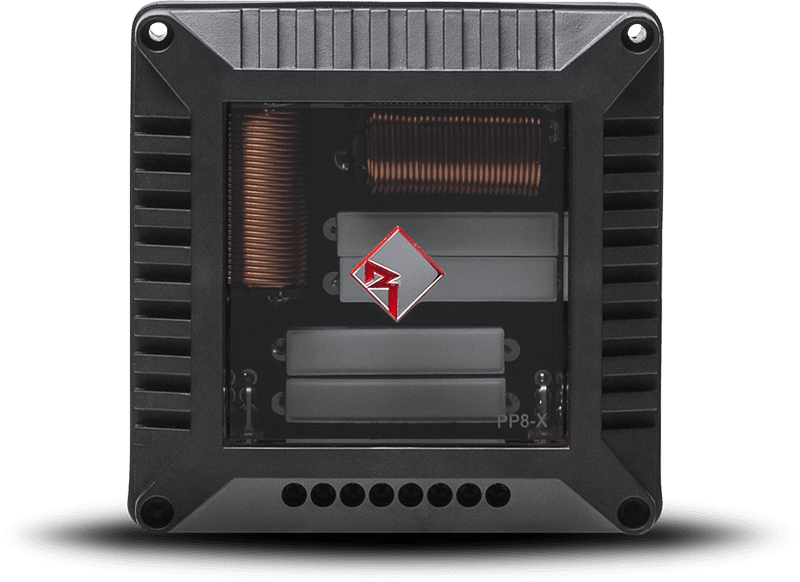
Louder Than Loud for Music Fanatics
If you are working on building a car audio system designed to play music at rock concert levels, visit a local authorized Rockford Fosgate retailer and ask about the PP4-NT tweeters and the rest of the Punch Pro line.
You can find a local authorized Rockford Fosgate retailer at their Dealer Locator. Be sure to follow Rockford Fosgate on Facebook, Instagram and YouTube to learn about their new products and the amazing events they attend each year.
This article is written and produced by the team at www.BestCarAudio.com. Reproduction or use of any kind is prohibited without the express written permission of 1sixty8 media.
